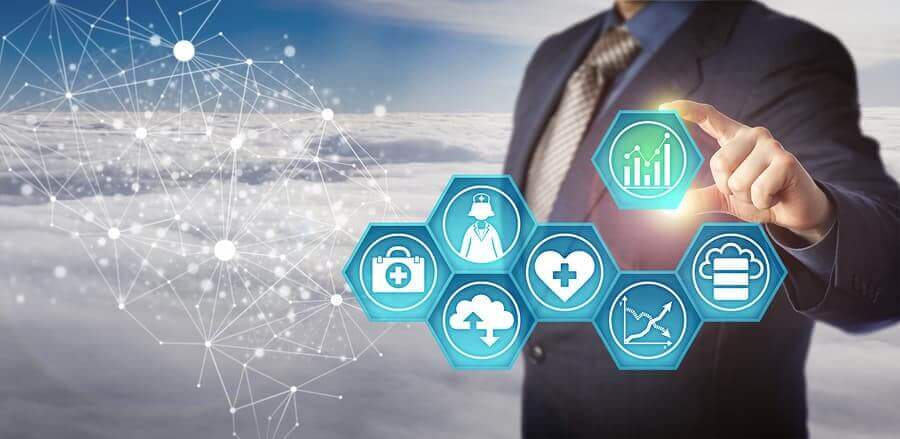Businesses That May Need a Medical Translation Service

These days, drugs and medical device could be produced anywhere in the world and they could be sold anywhere in the world. This means medical translation is an extremely popular service as no drug or medical device can be released to a language group unless there is a perfect translation of how the device or drug should be used.
Any medical devices may need a complete manual to explain how to use them in all the languages of the countries where the devices are likely to be sold. Any information should include the product’s description, who should use it and for how long it can be used. Retailers will need this information at hand to provide for their customers, otherwise they could face a lawsuit if something goes wrong with the product and it causes unnecessary injury to the user.
This applies to drugs too, as pharmacists and doctors around the world will not only want to know what condition a drug should be used for but the dosage as well as potential side-effects and whether the drug is safe to use at the same time as another drug. All this information needs to be translated for businesses that sell the product.
Most medical translation agencies more or less take responsibility for any errors in a translation of a medical device by providing a certificate guaranteeing that the medical translation is correct. This means they need to hire the services of competent medical translators to undertake these translation tasks. The well known companies who produce medical products which they sell worldwide are PPD Global, Novartis, GSK, Eli Lilly, Siemens, Dentsply International, Boston Scientific, VA Pharmaceuticals, Astra Zeneca, Shire, as well as many others.
The translations of any medical devices or drugs may need to be translated into 60 or more languages so that they can meet the product demands worldwide and be made available to the businesses that market and sell the product. There are a number of other products that may need to be available to the global market which include physicians’ manuals, patient information leaflets (PIL), localization of medical software and localization of user interface (UI) for medical devices. Sometimes these documents need to up-dated every year so this is another job best done by an experienced medical translator.
